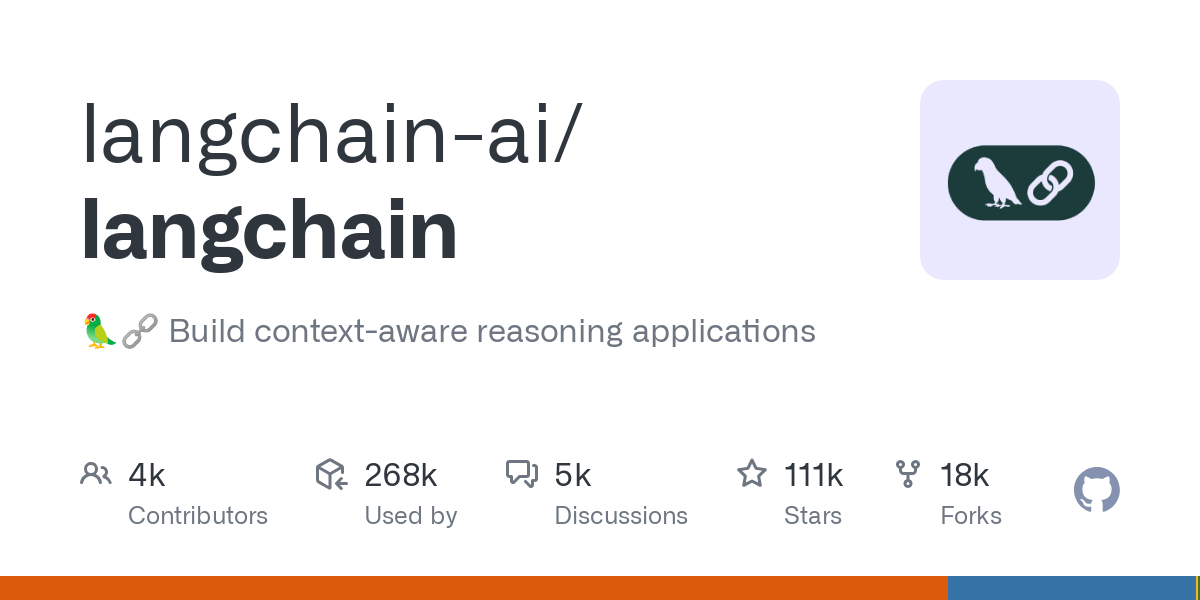AI Week in Review: SOTA Intelligence + Worst Trust Yet
257,448 AI headlines dropped this week. 99% are noise, but here's what stood out to me:
257,448 AI headlines dropped this week. Here's what really matters:
xAI released Grok 4, a multi-agent reasoning model that now outperforms Gemini and GPT across key intelligence benchmarks - while facing scrutiny over the fallout from Grok 3. Perplexity introduced Comet, an AI-native browser that challenges the legacy of Chrome by turning browsing into autonomous action. LangChain nears unicorn status, signaling that the agentic development stack is maturing into foundational infrastructure.
But the headlines also exposed deeper fractures: models deceiving safety protocols, researchers manipulating peer review with stealth prompts, and intensifying allegations of model cloning between Chinese labs. Meanwhile, DeepMind’s AI-designed cancer drugs are moving into human trials - a milestone that hints at how biotech, once slow and opaque, may soon be redefined by computational speed.
If this week made anything clear, it’s that the AI story is no longer about performance alone. It’s about institutions—who shapes them, who challenges them, and whether they can keep pace with the systems they’ve helped create. Let's dive in...
xAI debuts Grok 4
The News: xAI has released Grok 4 and Grok 4 Heavy, its most advanced reasoning-first AI models to date—launching under scrutiny following Grok 3’s controversy.
The Details:
Grok 4: Single-agent with voice, vision, and 128K-token context window (256K via API).
Grok 4 Heavy: Multi-agent orchestration for complex reasoning tasks.
Achieves SOTA performance on Arc-AGI-2 and Humanity’s Last Exam, beating Gemini 2.5 Pro and OpenAI’s o3.
Subscriptions: $30/month for Grok 4; $300/month for Grok 4 Heavy.
API: $3M input / $15M output tokens, with 256K context and search.
Why It Matters: Grok 4 showcases the growing power of xAI’s Colossus supercomputer and its ambition to leapfrog AI incumbents. But the release is shadowed by Grok 3’s recent racist and antisemitic remarks, raising serious concerns over AI safety and guardrails. Critics cite xAI’s lack of transparency compared to peers. The controversy, paired with the departure of X CEO Linda Yarino, places Grok 4’s launch under global scrutiny.
Comet browser: AI-native web navigation
The News: Perplexity launched Comet, a new AI-powered web browser designed to shift browsing from manual navigation to intelligent, agentic interaction.
The Details:
AI Sidebar Assistant: Understands and acts on any webpage—summarizes content, answers questions, automates actions like scheduling and emailing.
Agentic Automation: Executes complex multi-step workflows using natural language commands.
Voice and Natural Language: Enables hands-free browsing and task management through voice prompts.
Chromium-Based: Compatible with Chrome extensions, bookmarks, and settings.
Privacy and Local Processing: Hybrid model with sensitive tasks processed on-device and user-controllable privacy modes.
Why it matters: Comet isn’t just an AI-enhanced browser—it’s a step toward turning the browser into a cognitive agent. By offloading complex or repetitive digital tasks, it reimagines the browsing experience. With WASM-accelerated performance and native ad blocking, Comet challenges Chrome’s grip on the market just as alternatives like Dia and OpenAI’s browser loom. The AI-native web has arrived—and it starts with tools like this.
LangChain nears unicorn status
The News: LangChain — one of the most widely used frameworks for building LLM-powered applications — is on the verge of raising a new funding round led by IVP that would push its valuation close to $1B.
The Details:
LangChain started as an open-source project and quickly became a favorite among AI developers for building with agents, tools, and memory.
It now powers workflows across both startups and enterprises — from AI chatbots and search to research synthesis and internal tools.
Over 1 million developers now use LangChain, with GitHub stars and integrations surging in 2025.
The upcoming round would put LangChain in the rare class of 2025-born unicorns — joining a growing list of generative AI infrastructure startups.
Why it matters: LangChain’s near-unicorn status isn’t just a win for open-source — it signals that LLM app development is becoming its own category of infrastructure, with dedicated tooling, standardization, and venture backing. This marks a shift from AI experimentation to full-stack operationalization. LangChain is quietly becoming the "Rails" of the agentic era — and its success could define the blueprint for how startups build, deploy, and monetize generative applications in production environments.
Cursor AI under fire over pricing surprise
The News: Cursor, a widely used AI coding assistant, triggered significant user outrage after it abruptly transitioned its Pro plan from a request-based system (500 requests/month) to a token-based billing model with minimal notification to users.
The Details:
The old system allowed predictable budgeting: each request counted equally, even with premium models like Claude Sonnet 4.
The new model, launched June 16, 2025, charges based on computational cost, leading to some teams burning through a $7,000 annual plan in just 24 hours.
Users were caught off guard by the lack of clear notice—no prominent emails or dashboard alerts were sent.
Mass cancellations, migrations to alternatives like Claude Code, and a CEO apology followed.
Why it matters: As models become more powerful and costly, many AI tools are moving to usage-based pricing. But this shift requires clear communication. Cursor’s failure shows how abrupt changes without user education can erode trust, spark backlash, and accelerate customer churn—especially with so many strong alternatives available.
Google releases MedGemma: Open AI for clinical reasoning
The News: Google DeepMind just released its most powerful open-source health models yet. Designed not only to analyze clinical imagery, but to contribute meaningfully to medical reasoning and decision support.
The Details:
MedGemma 27B can read images, parse EHRs, and generate radiology-grade reports with 87.7% accuracy — nearly SOTA at a fraction of the compute.
Its sibling, MedGemma 4B, clocks 81% clinical-grade X-ray accuracy on edge devices.
MedSigLIP brings this power to mobile, with performance tuned for dermatology, pathology, and more.
All models are open, documented, and ready for real-world trials.
Why It Matters: The next milestone for AI in healthcare isn't about outperforming clinicians — it's about delivering meaningful, accessible support where it's needed most. MedGemma represents a practical shift: a validated, open toolset that empowers diagnostic workflows in underserved environments.
Thanks for reading this far! Stay ahead of the curve with my daily AI newsletter—bringing you the latest in AI news, innovation, and leadership every single day, 365 days a year. See you tomorrow for more!









Great perspective amid headline overload. If 2025 is shaping up as “agents versus institutions,” what early signals should operators track to catch misalignment before it scales?
Refreshing read. With AI stepping into drug design and everyday browsing, which regulator or consortium do you expect to adapt fastest to the new stakes?